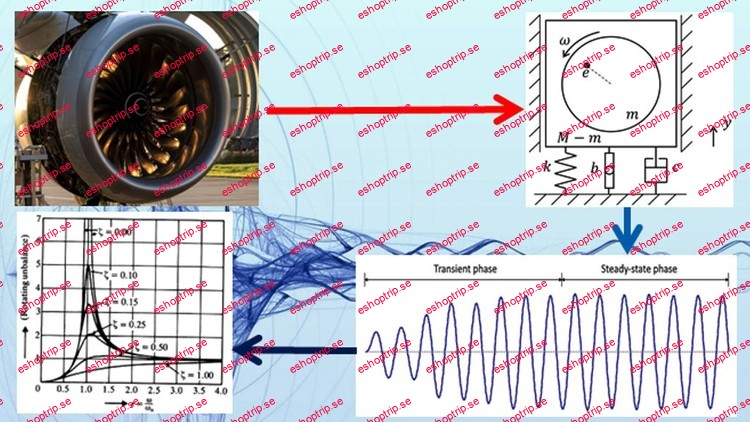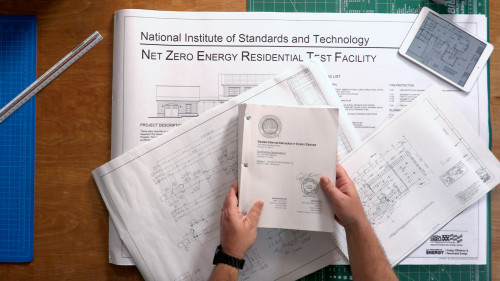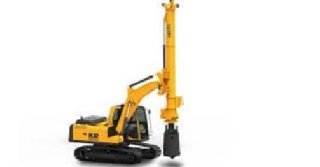Published 6/2024
Created by Farid Khan
MP4 | Video: h264, 1280×720 | Audio: AAC, 44.1 KHz, 2 Ch
Genre: eLearning | Language: English | Duration: 17 Lectures ( 12h 38m ) | Size: 4.24 GB
Free vibration, undamped and damped vibration, modeling of vibratory system, vibration time response, frequency response
What you’ll learn:
Demonstrate an understanding of the fundamentals of mechanical vibrations
Analyse and model free and forced vibration of mechanical systems under harmonic excitation with single degree of freedom lumped parameter modelling
Investigate free and forced vibration of multi degree of freedom systems and predict the time and frequency response of systems
To learn methods for determining the response of single and multi degree of freedom system
To introduce basic knowledge of vibrations in rotating and oscillating bodies
To apply gained knowledge to solve practical problems
Requirements:
Basic understanding Engineering Statics and Ordinary Differential Equations (not mandatory)
Awareness of mechanical systems and generic mechanical engineering
Description:
This course of mechanical vibrations will cover the basic and fundamental nature and concepts on the vibration of mechanical systems including: review of systems for mechanical vibrations, existence of vibrations in daily life and industry, causes of vibrations in machines and equipment, why the control of vibration is necessary, catastrophe of harsh and abnormal vibrations, why vibration control is necessary, classification of vibratory systems, type of vibration excitation, free/natural vibrations, resonance, damped and undamped vibrations, free undamped vibrations, free damped vibrations, forced undamped vibrations, forced damped vibrations, vibration amplification and its control through damping, damped natural frequency, Newton’s method for equation of motion, energy method for equation of motion, frequency of excitation, torsional systems, modeling of vibratory systems, lumped parameter modeling, linear vibrations, systems’ response to free and harmonic excitation, single and multiple degree of freedom systems, rotatory machines vibrations, modeling of rotating unbalance, base-excitation, vibration transmissiblity and isolation, vibration displacement, velocity and acceleration, fundamental frequency, natural frequencies and mode shapes, time and frequency response, simulations of systems response to interpret systems’ behavior at frequency ratios below less than 1, equal to 1 and above 1. Critical frequencies for machine’s operation, how to avoid critical frequencies during machines design and functioning.
Who this course is for:
Mechanical, mechatronics, chemical and industrial students and fresh engineers
Homepage
https://anonymz.com/?https://www.udemy.com/course/mechanical-vibrations-fundamentals/










